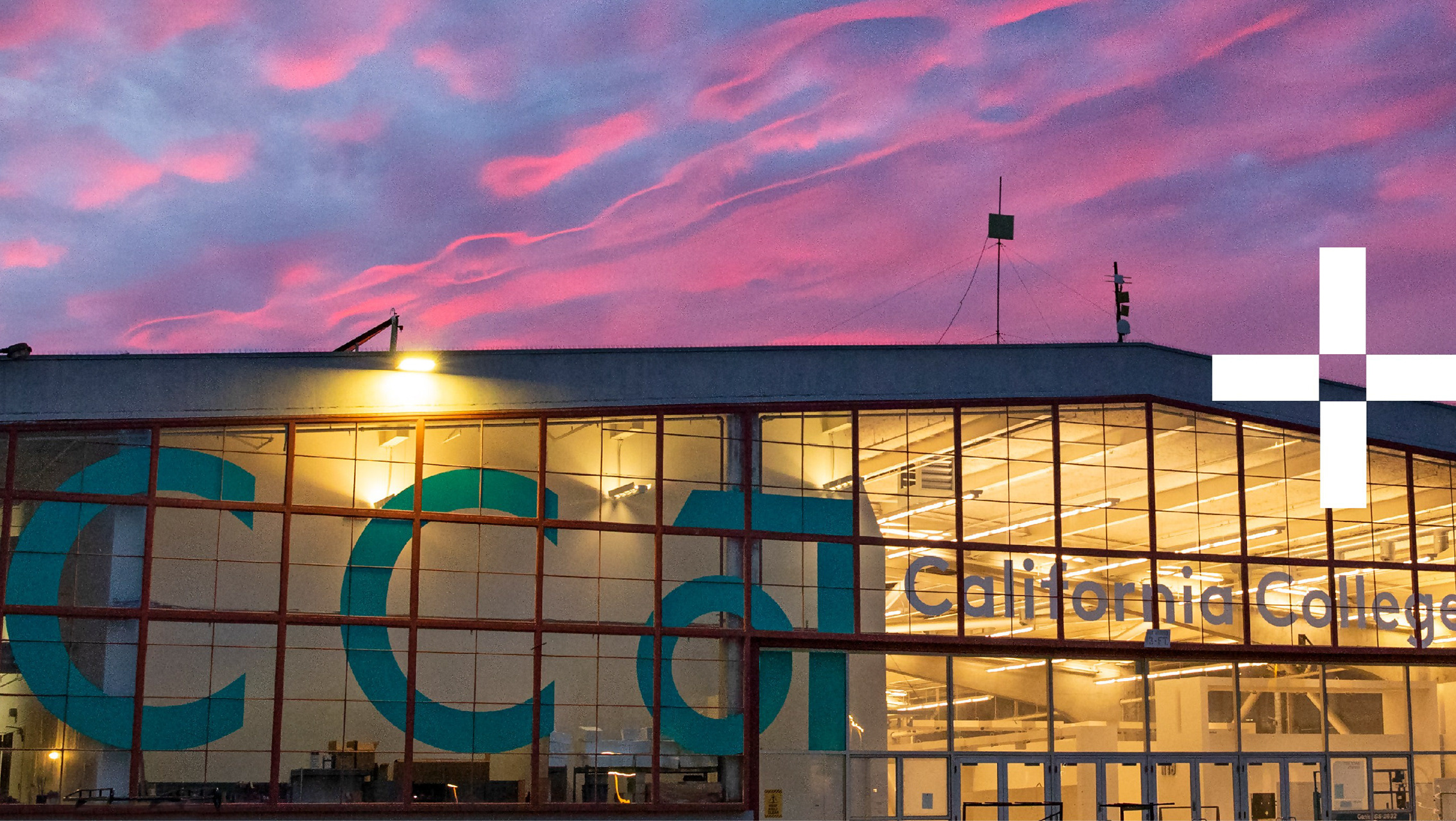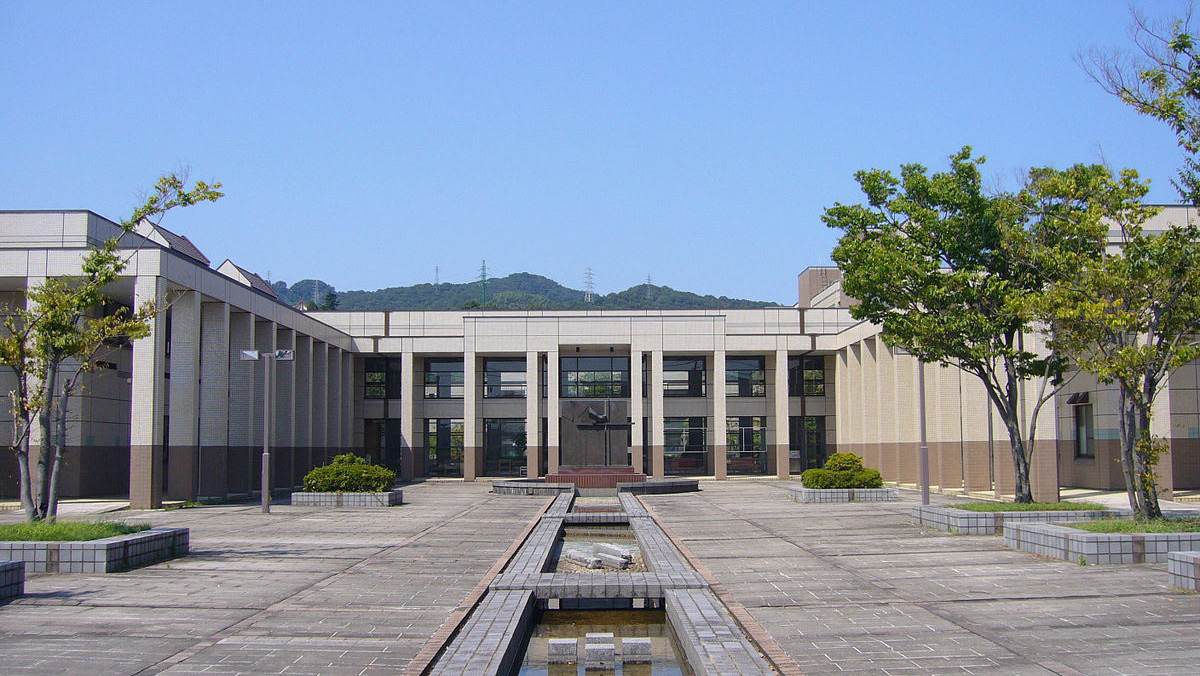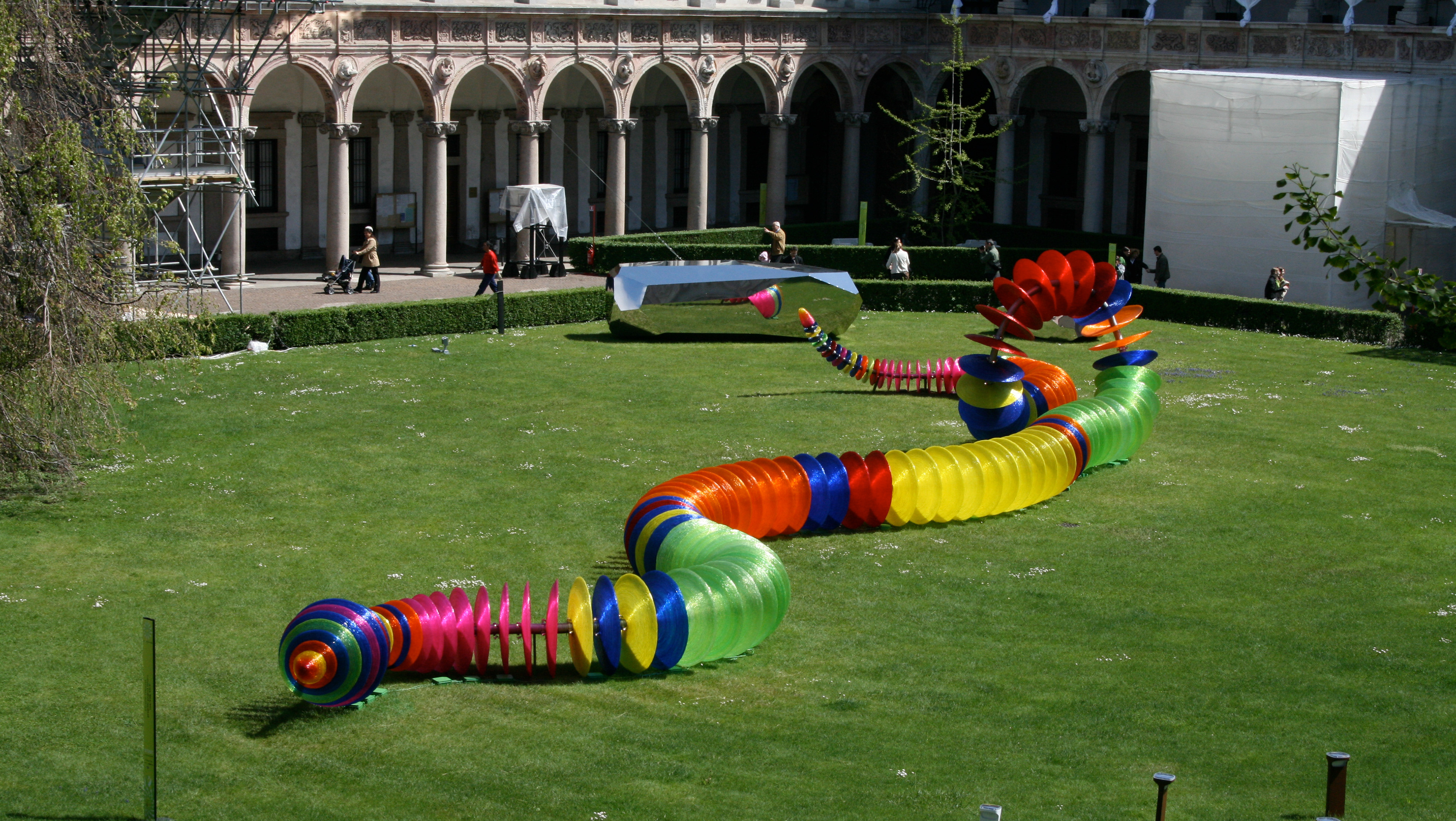THE AFRICA PROGRAM
The intense program combines co-living and co-working with personal development. Over 3 months together with 30 professionals from all over the world we explored three countries in Africa (Namibia, South Africa & Mauritius) while developing a design project. The program included an online course certification (UX research), regular personal growth events, mentoring specific to individual goals, and entrepreneurial workshops. Each participant set to overcome personal mindfulness, fitness and career goals.
Throughout the last decades we have been testing theories and developing concepts to optimize the workforce. We explore how to create the most productive teams, the best strategies and the most efficient methods. We rearrange the physical workspaces and design them to create the right environment and enable people to do better work. We aim to foster collaboration and cultivate innovation.
A lot of our jobs have moved from the workshop to the desk and on to the desktop, and we find ourselves in an interconnected digital reality where the question “do I really need to physically be in the room to do my job?” has its merit. In many cases we are now enabled by technology to solve our tasks from anywhere.
”The Nomad MBA provides the right mix of personal and over an accelerated time period”- Pier, Director at the European Space Agency
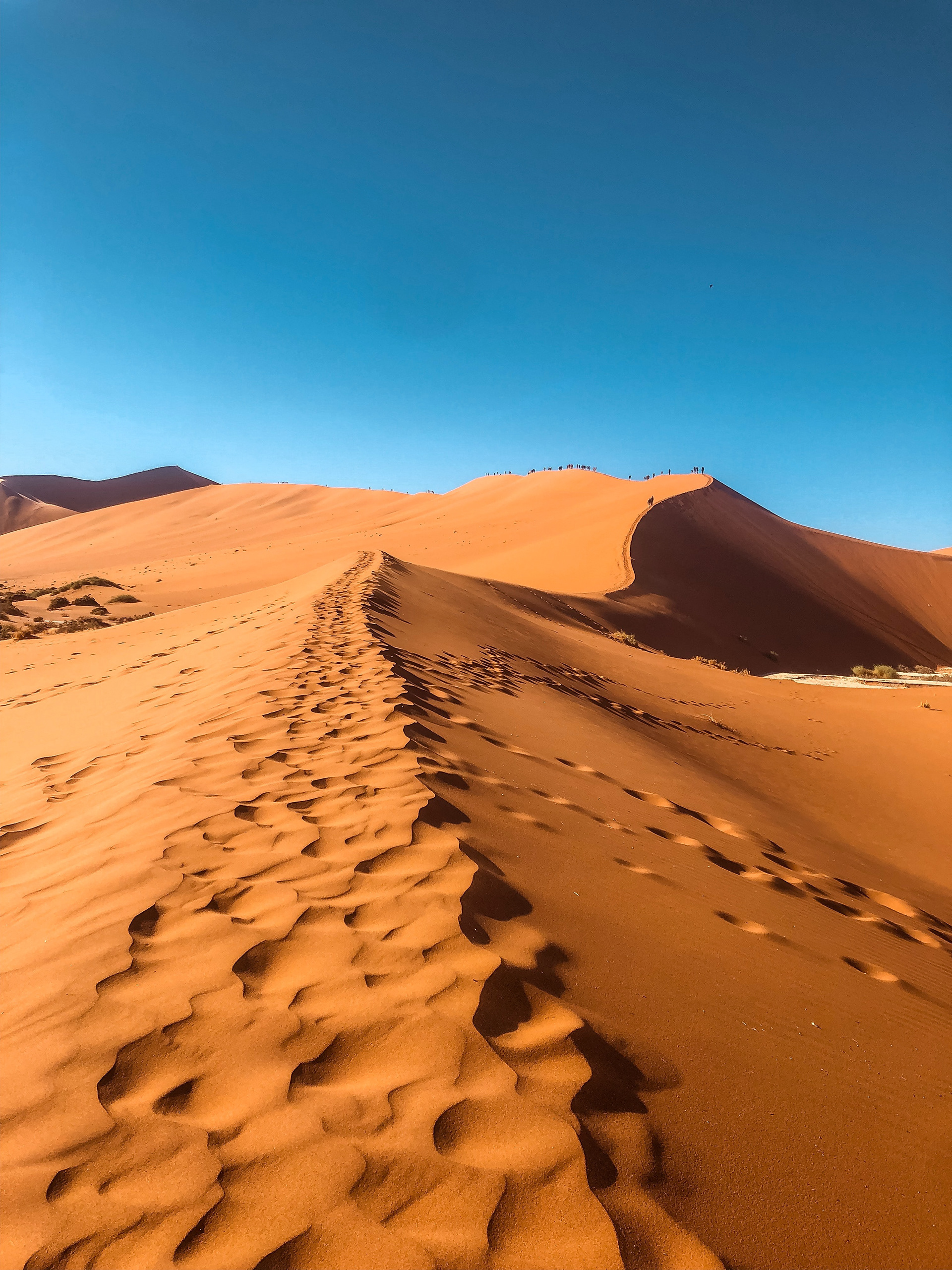
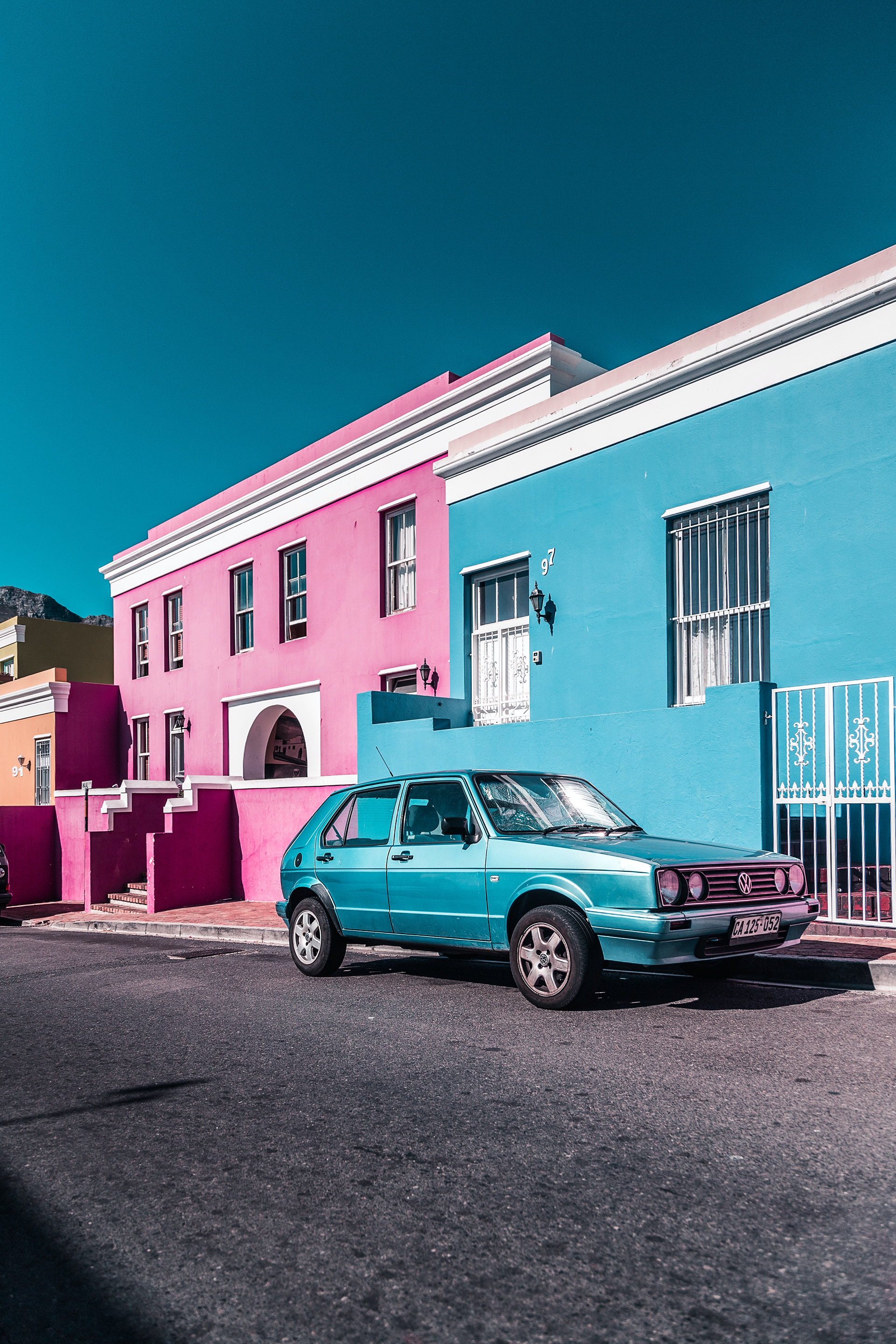
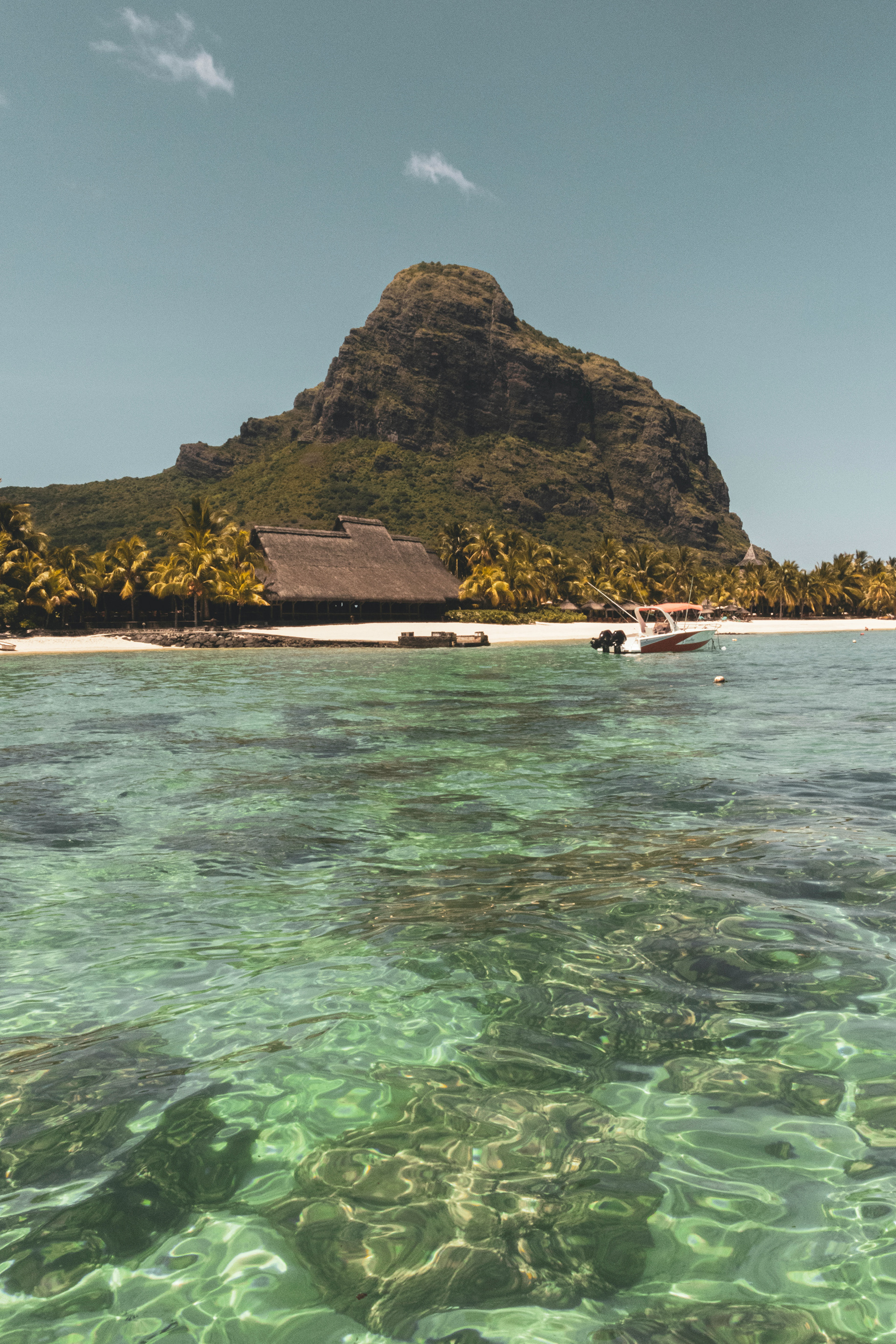
Namibia, South Africa & Mauritius - 2018
THE RISE OF DIGITAL NOMADS
These new working conditions have created a momentum for a wave of digital nomads. The new nomads cover a wide range of people. Some rearrange their whole life to work and travel, others have permanent employment and are given the opportunity to work remotely a few months out of the year. While the practicalities of the nomads lives can very different, the desire to break the daily routine and seek new inspiration, is the common factor.
There is something magical in the unexpected moments and random happenings, that we live, when we are travelling. The most central aspect of traveling is the meeting – the meeting with the new and uncharted. We find inspiration in encounters and through our observations and conversations we learn and grow. The meetings can establish valuable connections and create grounds for collaborations and co-creations.
The open mindset that usually is tagged to the traveler, is a lot like the designers mindset. When we travel to experience, the journey is the goal and there is no outcome – the journey ends when we return home. When we travel the world with the mind- and skillset of a designer, we create a momentum where the exploration can have a convertible outcome.
“If you’re open to it, EVERYTHING is research. Being curious, noticing, making connections—that magpie mind superpower is what builds a nest of fresh ideas and methods, ways into big questions.” - Danielle Krettek
The Nomad tribe, Namibia dessert - 2018
THE IMMERSIVE METHOD
When planning for product development, people and teams tend to be overly optimistic - underestimating the time, cost and risk, and at the same time overestimating the benefits.
The Immersive method combines multiple design practices into a single learning experience. It makes the process more agile by placing the research, the ideation process, and the product testing in the same physical space and time. At the core of the immersive method is creating the conditions for being inspired and collaborating with people. The method can be applied at all stages of a development process like a pit stop, a hack or a sampling. The key is to keep it simple and use our common sense.
Throughout this process, designers and creators can experience first hand the frustrations of the user in the environment where they happen. Teams brainstorm with the target group and use the collective creative power to explore solutions while receiving constant feedback to validate ideas. Ultimately it is a process of gathering a deep understanding of the needs and desires of people in order to build a solid argument for continuing or stopping the development of a product or a concept.
The method is flexible and adjusts itself to the flow of events. The immersive method let’s the designer or creator to explore and open the minds in a short time frame. Since it doesn’t require a lot of planning, have rigorous processes, or calls for extensive documentation, creators can focus on connecting and learning from people. It is about spending less time behind the desk and more time harvesting the creativity of users. The immersive method consists of three tracks: research (BLEND), prototyping (PLAY) and testing (MAKE).
The immersive method tracks - 2018
BLEND
We blend into a context to integrate with the Many People and tap into their collective understanding and creativity to locate opportunities. We want to live the felt experience of using a product, engaging with a service or simply navigating in a system or structure. Through exchanges and conversations within the shared space we learn together. We become familiar and create relationships. We build the bases for mutual understanding and join forces to find ideas for future products or services.Key takeaway: empathy and connection
Blend. User research, 4 hour training session. South Africa - 2018
PLAY
Play is a collaborative process of building to visualize and engage. In PLAY we don't focus on aesthetics, production cost or how feasible or reasonable the ideas are. We quickly construct and hack with what we have at hand. We have the opportunity to interact intimately with the user, draw on their experience, listen to their ideas and engage in co-creation. It is a “YES! And…” process of bouncing ideas in a safe space where no idea is to stupid to explore. It’s a phase of transforming a concept multiple times while getting instant feedback from the most important people.
Key takeaway: the insights and learning
Play. Rapid prototyping + user testing, 2 hour session. Mauritius - 2018
MAKE
With our collected insights we can start to MAKE. We refine and iterate on the most promising ideas. Still exploring we synthesize our learnings and build prototypes that helps us to narrow a scope. We seek expert knowledge, investigate production possibilities and limitations, and sourcing the right materials. Not all ideas survive the process of scoping and transition into something tangible. The ones that do can be reintroduced into the area of interest to test the ease of integration and validate the viability of the product or service.
Key takeaway: metrics and validation
Make. Concept creation of water bottle carrier for athletes, 6 hours. Namibia - 2018
THE TRIBE
Lots of love to this amazing Africa tribe! You made me fall back in love with my passion for design and travel.
The Nomad tribe, Cape Town - 2018


